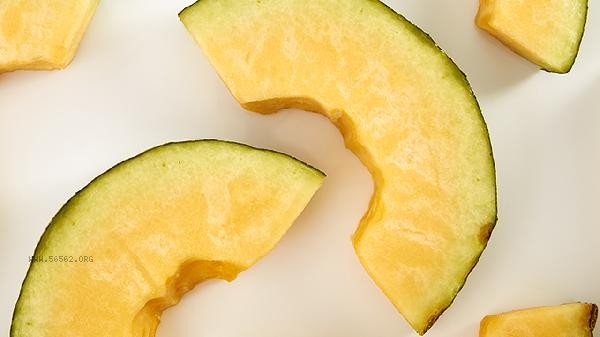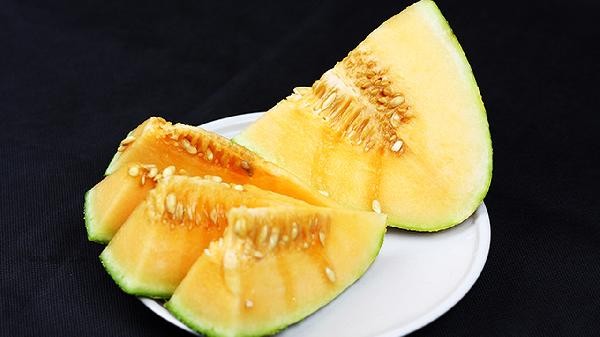The softening of Hami melon flesh does not necessarily indicate decay, but may be caused by excessive maturity or improper storage. The softening of Hami melon is mainly caused by ripening softening, collision damage, low-temperature frostbite, microbial infection, ethylene ripening, and other reasons.

1. Maturation and Softening
Fully matured Hami melon flesh will naturally soften, and the degradation of pectin substances in the cell wall leads to a softer texture. This type of melon has a uniform light yellow or orange yellow flesh, no obvious odor, high sugar content, and is in a normal edible state. Maturity can be determined by observing whether the fruit stem is dry and detached. The softening range of mature melon flesh usually spreads evenly from the center to the surrounding areas.
2. Collision Damage
External force collisions during transportation or storage can cause the rupture of melon flesh cells, resulting in locally translucent water soaked soft spots. The damaged area has a clear boundary with normal tissue and may be accompanied by a slight fermentation odor. This type of situation requires consuming the damaged part within 24 hours, and the undamaged area can still be safely consumed. When storing, avoid stacking and handle gently to reduce mechanical damage.
3. Low temperature frostbite
refrigeration temperatures below 5 degrees Celsius may cause damage to ice crystals in melon meat cells, resulting in a sponge like soft and rotten appearance after thawing. Frostbite on the surface of melons will result in concave patches, and the flesh will feel like ice and lose juice. The frostbite area is prone to bacterial growth. It is recommended to remove the affected area and consume the remaining portion as soon as possible. Long term storage should be maintained at 8-10 degrees Celsius.

4. Microbial infection
Rotten and spoiled Hami melons may exhibit local browning, mold spots, or mucus, accompanied by a distinct sour and rotten taste. Pathogenic bacteria invade through epidermal wounds, causing the fruit pulp to rapidly decompose and produce an alcoholic taste. Commonly found around fruit stems or damaged skin, moldy areas may produce toxins such as penicillin. If mold spots are found, the whole melon should be discarded and cannot be removed before consumption.
5. Ethylene ripening
Excessive ethylene ripening can cause uneven softening of the fruit flesh, which may result in external hardness and internal softness. The color of the melon flesh that has been overripe tends to be white, with insufficient sweetness and a sense of astringency, and the flesh has a noticeable fibrous texture. The softening process of naturally ripe cantaloupe is slow and even. For ripening cantaloupe, it is recommended to place it in a well ventilated place and continue to ripen for 1-2 days before consumption.

When choosing Hami melons, you can lightly press the navel. A slight elasticity is a sign of maturity, and if it is too soft or seeps, it may spoil. Wrap the cut with plastic wrap to prevent oxidation during storage, and refrigerate the cut pieces for no more than 2 days. Before consumption, pay attention to observing the color and odor changes of the fruit flesh. Rotten melons may contain mycotoxins, and those with weak gastrointestinal function should pay special attention to avoiding consumption. Yogurt can be used to help digestion, and high sugar fruits should not be eaten during diarrhea. It is recommended to store it in a cool and ventilated place for daily use, and separate it from fruits with high ethylene release such as apples and bananas.








Comments (0)
Leave a Comment
No comments yet
Be the first to share your thoughts!